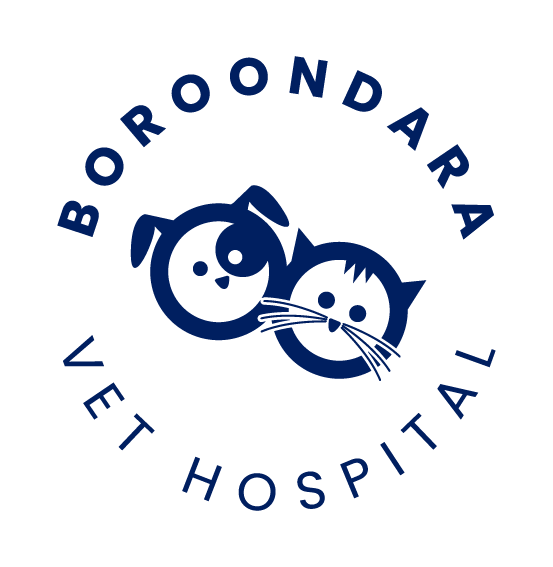Library
-
Hyperthyroidism is the most common endocrine (hormonal) disorder of cats. It is most common in older cats, rarely seen in cats under eight years of age.
-
GDV is a very much more descriptive term than the old fashioned name, bloat, which is still often used for the condition in farm animals. It means the dog's stomach is distended with gas and may in addition have twisted upon itself thus effectively trapping the gas in the stomach.
-
General anaesthesia is a state of unconsciousness produced by drugs with the absence of any pain over the whole body together with variable amounts of muscle relaxation.
-
Glaucoma is an increase in IOP i.e a raised pressure within the eye. The cause of glaucoma is always related to inadequate drainage of aqueous humor rather than its over production.
-
This is one of many similar tumours that arise by disordered growth of the hair follicles. These tumours are almost all benign and can be permanently cured by total surgical removal.
-
This tumour is a disordered and purposeless overgrowth of modified sebaceous glands known as the hepatoid glands. These glands only occur in dogs. T
-
Hip dysplasia is a deformity of the hip which occurs during the growing period.
-
Tumours of the intestinal epithelial lining include non-cancerous polyps, benign adenomas and malignant epithelial tumours (adenocarcinomas).
-
The term jaundice describes a yellow discoloration of the skin. This can most easily be appreciated by looking at the whites of the eyes, and the mucous membranes (ie the third eyelids and gums).
-
It means that a yellow pigment is found in the blood and in the tissues. It is most easily seen in the gingiva (gums), the sclerae (white part of the eyes), and the pinnae (ear flaps).

